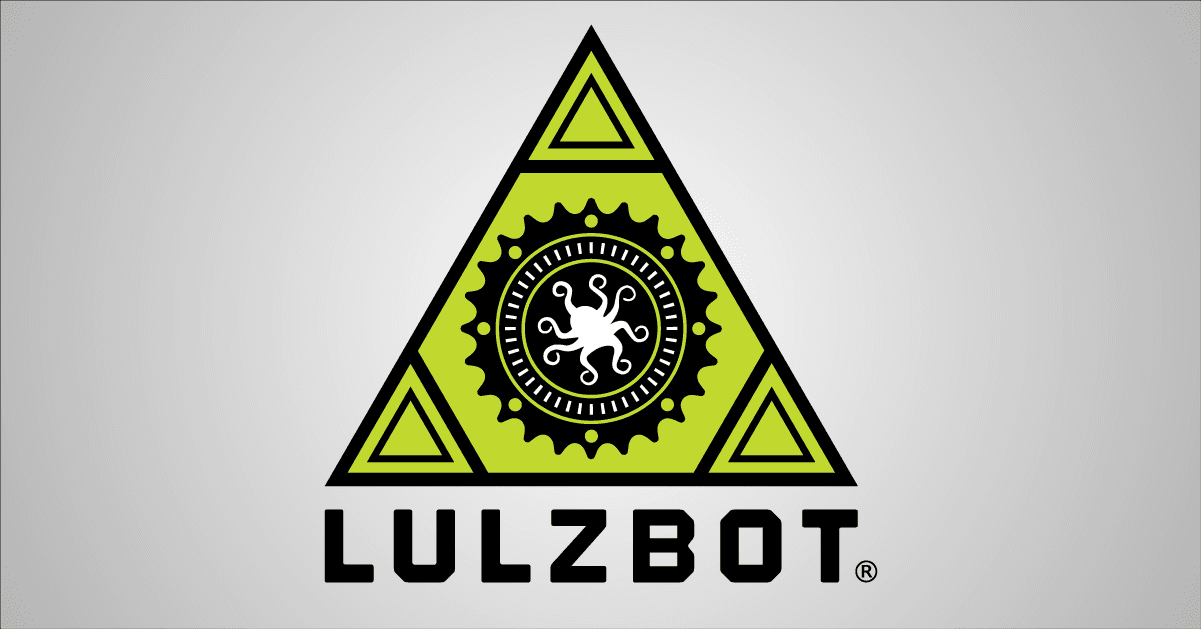Machines making more machines, making better machines.
Since we first wrote about our “Cluster” in February of 2016, the size of the Cluster has grown to a total of 155 LulzBot 3D Printers that stay busy making new 3D printed parts around the clock. Collectively, they operate as both a manufacturing and a testing facility to ensure the quality of the machines is reflected in the prints they produce. Prototypes are often tested here to work out any bugs in an industrial setting and maximize product reliability for the customer.
From when the Cluster began operating in 2011, it took nearly 5 years to print the first million production-grade parts. Since then, it’s only taken a year and a half to reach the 2 million mark – an indication of the increased efficiency and speed of production supporting demand for LulzBot 3D Printers. With two to four trained professionals monitoring the Cluster at all times, daily production can range anywhere from 1,000 to 15,000 3D printed parts and use 45 to 50 kilograms of ABS plastic in the process.
The 2-millionth 3D printed part, a Z-axis Carriage Idler that faclitates smooth tool head motion across the Z- and X-axis, was printed unceremoniously, and then the Cluster moved on to start printing the next million. If this seems at all weird and slightly sci-fi to you, you’re on the right track. Machines making machines, evolving in real-time, but fortunately without the impending Hollywood Armageddon. In reality, this is how the most reliable 3D printers on the planet are made - from themselves.To learn more about how the Cluster works, email Sales@LulzBot.com. You can also attend the public factory tour that takes place every Friday at 2 p.m. Mountain time (holidays excluded) to see the Cluster in action and meet the team that keeps it running.

